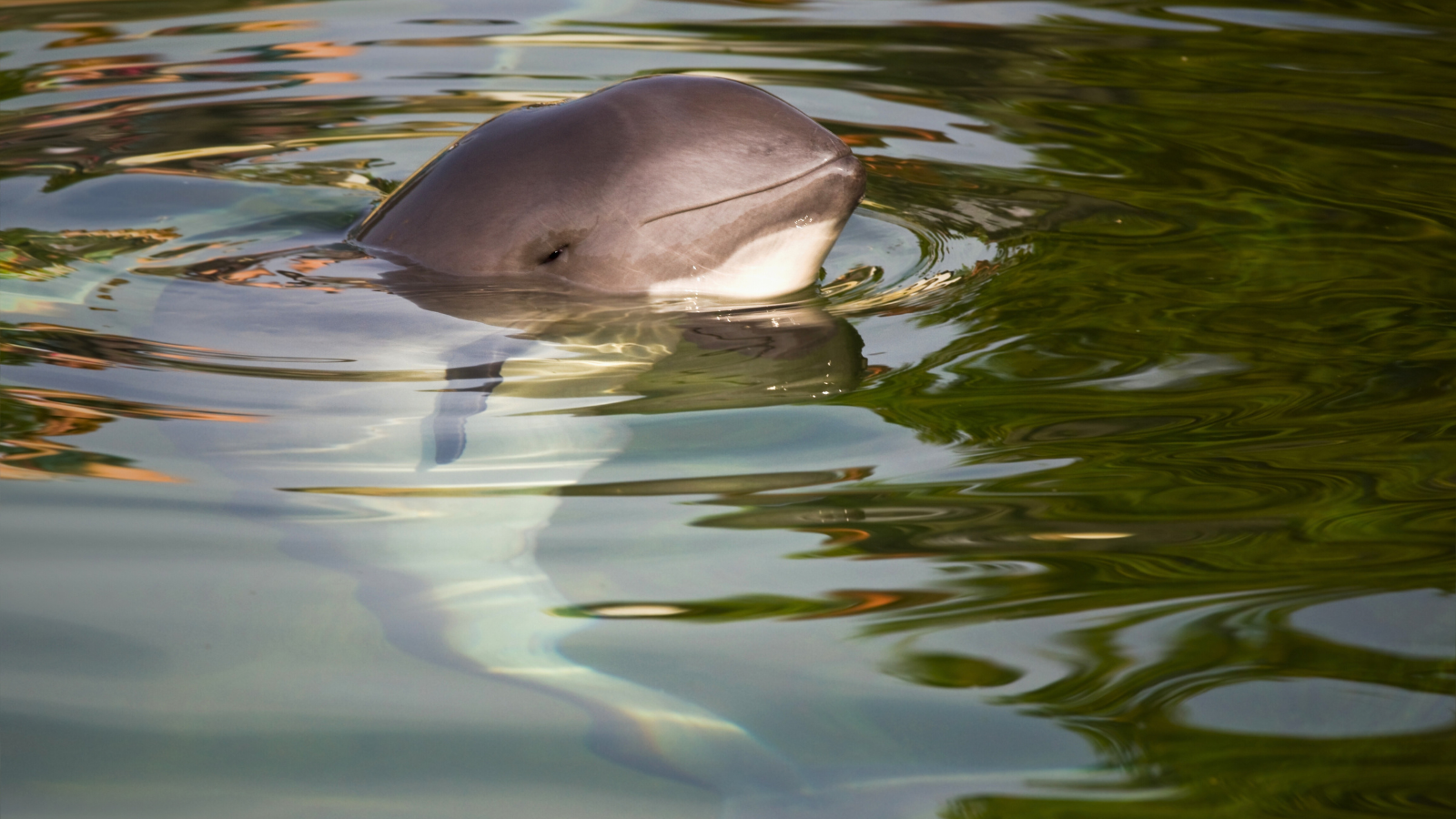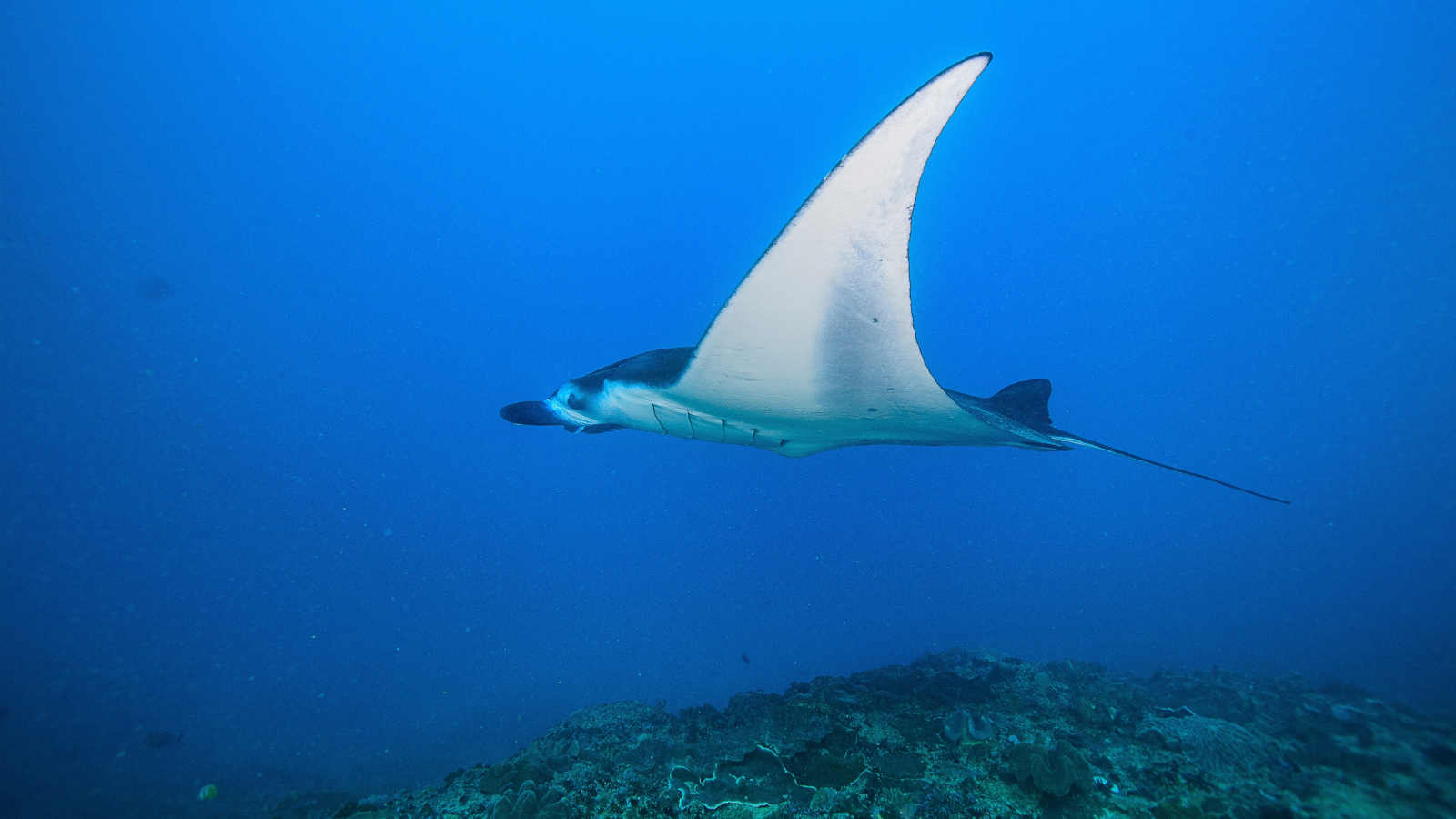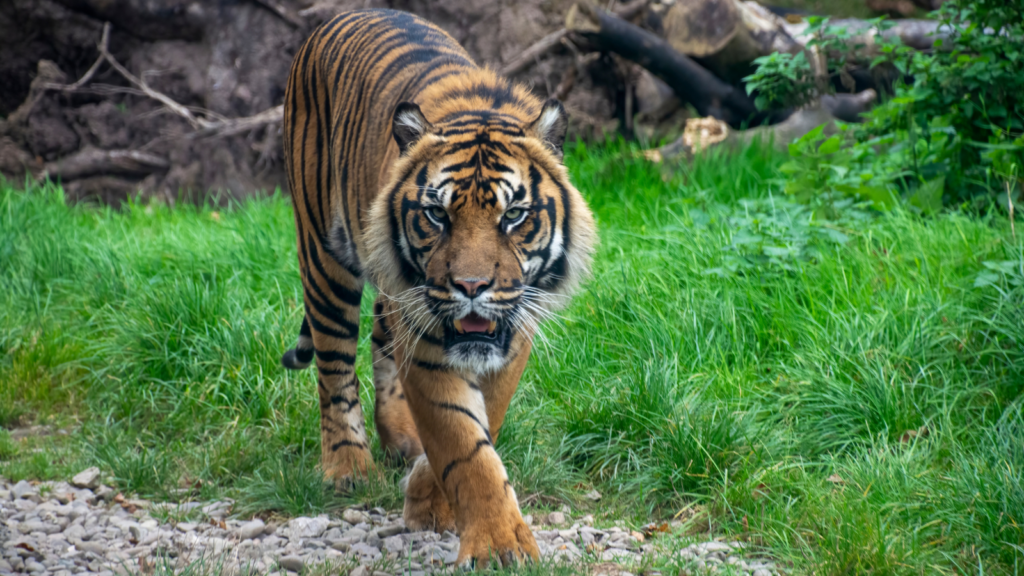As environmental challenges continue to escalate, an increasing number of species are struggling to survive. Due to factors like ocean pollution, deforestation, and poaching, many animals are now teetering on the edge of extinction. Here are 16 species that are currently facing the very real threat of disappearing forever.
Loggerhead Sea Turtle

The National Wildlife Federation writes, “The loggerhead sea turtle was listed as threatened in 1978 under the Endangered Species Act and has received federal protection ever since.” This species was put on the Endangered Species Act due to the destruction of its habitat and egg harvesting.
San Joaquin Kit Fox

This is the smallest North American fox and can primarily be found in San Joaquin, California. It was listed as endangered in 1967, and the U.S. Fish & Wildlife Service writes this is because of “loss of habitat due to conversion of land to agriculture, oil exploration and spills, urban and solar facility development and infrastructure construction.”
Gorilla (Eastern and Western)

Smithsonian’s National Zoo & Conservation Biology Institute writes, “Western gorillas are a critically endangered species. They have been plagued by exceptionally high levels of disease and hunting, which has resulted in a population decline of over sixty percent in the past 20 to 25 years.” Three out of four of these species are critically endangered.
California Condor

The California condor is the largest North American wild bird. It nearly became extinct in the 1980s. The bird became endangered due to lead poisoning and the pesticide DDT. The U.S. created an intensive breeding program, which increased the population from only 6 to 223 in 2003.
Mississippi Gopher Frog

Less than 225 of these frogs remain. They can only be found in Mississippi and depend on shallow water ponds and longleaf pine forests to survive. This means they’ve had to fight climate change to stay alive. They were listed as endangered in 2001 and were given 7,000 acres of protected natural habitat.
Franklin’s Bumblebee

This bee hasn’t been seen since 2006. It used to be found in southern Oregon and northern California. The decline in the number of these bees was due to habitat loss, pesticides, and disease. There are no current conservation methods in place as the bees are classified as “imperilled.”
Black-Footed Ferret

This member of the weasel family is well known for the distinct black markings on its feet. It became endangered due to the loss of habitat and disease. There have been many conservation efforts since that have focused on habitat preservation and the management of disease.
Saola

The saola is one of the rarest mammals in the world and was only discovered in 1992. They can be found in Vietnam and Laos, and they’ve become endangered due to hunting. They have tall horns on their heads, which poachers love. Less than 750 saolas are known to exist.
Vaquita

The vaquita is the world’s smallest and most endangered marine mammal. There are less than ten individuals left, and all of them can be found in the Gulf of California. They’ve become threatened over the years thanks to illegal fishing practices taking place in the gulf.
Sunda Tiger

Fewer than 400 Sunda tigers exist in their home of Sumatra. This is supported by the International Tiger Project, which writes, “They once roamed throughout the Sunda Islands in Western Indonesia; however, now only a few remain on the island of Sumatra.” They became threatened by the likes of deforestation and poaching.
Yangtze Finless Porpoise

This species can be found in China’s Yangtze River. There are fewer than 1,800 finless porpoises left in the river, with their population dramatically decreasing by a huge 13% each year. They have become endangered due to threats such as fishing, boat traffic, and pollution.
Cave Squeaker Frog

These frogs were rediscovered in 2020 in Mozambique. Before then, they hadn’t been seen since 1962. It was a freak discovery that led them to be well looked after since. They have now been restricted to 700 hectares in Chimanimani National Park. They became endangered due to climate change and habitat restrictions.
Pygmy Hippo

The pygmy hippo can be found in West Africa, but only 2,000–2,500 remain. There have been many conservation efforts to focus on protecting the hippos in the Upper Guinea Forest. The pygmy hippos have become endangered due to the loss of their habitat and hunting.
Hawksbill and Kemp’s Ridley Turtles

These turtles have become critically endangered thanks to a loss of habitat and hunting. There have been efforts to conserve, with NOAA Fisheries writing, “Intensive conservation actions were implemented on nesting beaches and through fisheries management.” Climate change and pollution are also significant threats to these turtles.
Giant Manta Ray

This species of ray is the largest in the world and is usually found in tropical and subtropical waters. The population of giant manta rays has declined by 79% in many regions. They have been targeted for their gill plates, with more efforts needed to regulate fishing and protect habitats.
Southern Bluefin Tuna

There have been improvements in the conservation of the bluefin tuna as they’ve moved from “critically endangered” to “endangered.” Overfishing and climate change are still significant threats to this species of fish, but that doesn’t mean that they’re safe. There have been regional crackdowns on illegal fishing to help protect the species, which have been paying off.







